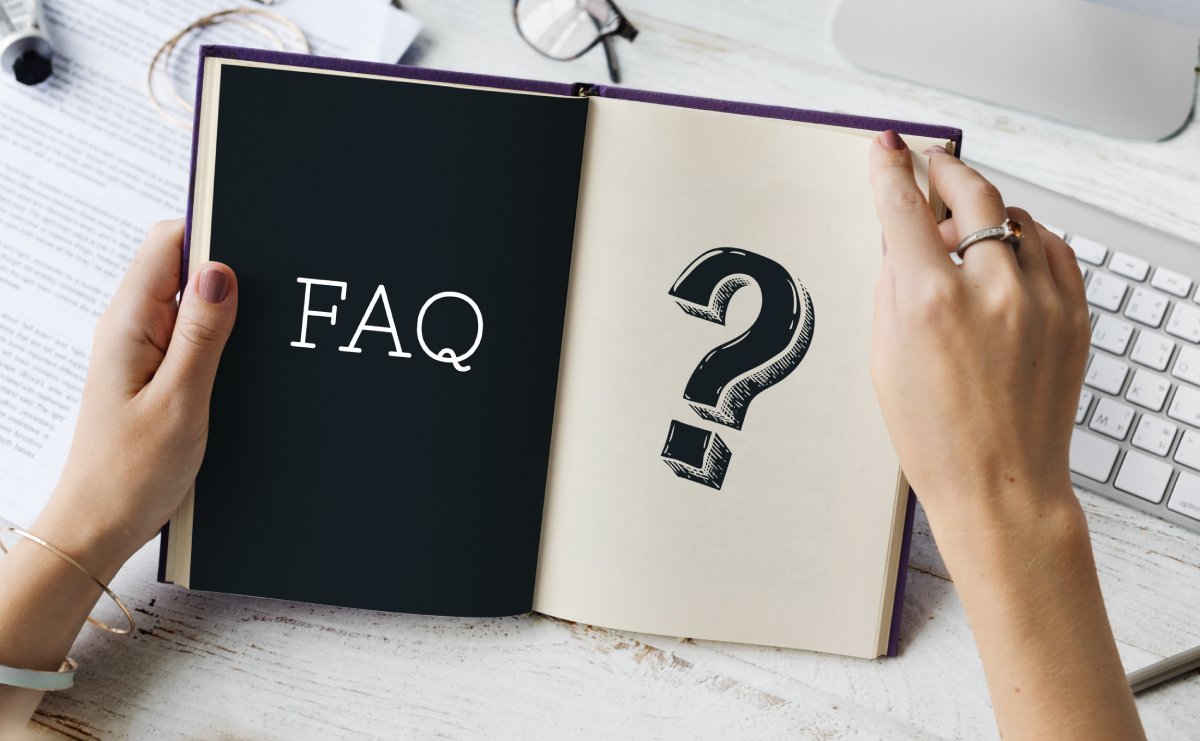The Education Blog

How to Take Effective Notes Using the Cornell Method
Taking notes can either help you succeed or leave you confused later on. If your current notes are messy, hard to review, or don’t help you study effectively, it’s time to try a better system.
The Cornell Method is a simple note-taking strategy that helps you organise your ideas, understand them better, and revise them easily. Whether you’re in school, university, or learning on your own, this method can make a big difference.
Pro Tip: After each study session, use the cue column to quiz yourself. Cover the right-hand notes section and try to recall the details just from the keywords or questions on the left. This strengthens your memory and reveals what you need to review further.
Quick Guide: How to Use the Cornell Method
- Set Up Your Page:
- Left: Cue Column
- Right: Note-Taking Area
- Bottom: Summary Section
- Take Notes (Right Side): Use bullet points, key facts, short phrases. Skip full sentences.
- Fill Cue Column (Left Side): After class, add keywords, questions, or prompts.
- Write Summary (Bottom): In 2–3 sentences, sum up the page’s content in your own words.
- Review Regularly: Quiz yourself using the cue column and update as needed.
Important Tip: Don’t delay writing your summary. Do it as soon as possible after the lesson or reading session—while the material is still fresh in your mind. This boosts retention and helps you understand the big picture.
What Is the Cornell Method?
The Cornell Method is a structured way of taking notes that was developed at Cornell University by Professor Walter Pauk. It divides your note page into three main sections:
- Cue Column (on the left)
- Note-Taking Area (on the right)
- Summary Section (at the bottom)
This layout encourages you to stay active during lessons, think more critically, and quickly review your notes before exams.

Why Use the Cornell Method?
Here’s why it works so well:
- Keeps your notes tidy and clear
- Helps you understand the material, not just copy it
- Makes revision faster and more focused
- Encourages you to reflect and ask questions
- Works for any subject or topic
If you’ve ever stared at a page of notes and thought, “I don’t even know what this means,” the Cornell Method can help solve that problem.
How to Set Up Your Page
You don’t need a special notebook—any lined paper or digital note tool will work. Here’s how to divide your page:
Step 1: Draw the Sections
- Cue Column (Left): Draw a vertical line about 2.5 inches (6 cm) from the left edge.
- Note-Taking Area (Right): Use the large space to the right of the line.
- Summary Section (Bottom): Leave about 2 inches (5 cm) at the bottom of the page.
How to Use Each Section
1. Note-Taking Area (Right Side)
This is where you write your main notes during class or while reading. Keep it simple and clear:
- Use bullet points
- Write in short phrases
- Include key facts, dates, formulas, and definitions
- Use headings or underline important parts
You’re capturing the main information here—don’t try to write everything word for word.
2. Cue Column (Left Side)
After class or during a review session, go back and fill in this column. Add:
- Keywords
- Main ideas
- Questions
- Triggers to help you remember
This section helps you test yourself later. Think of it as your personal study guide.
3. Summary Section (Bottom)
Once you’ve completed your notes, write a short summary at the bottom. Keep it brief—just 2–3 sentences that explain what the page is about.
This helps you cement your understanding and makes revision easier.
Example Layout
Here’s a basic example using a biology topic:
Cue Column (Left)
- Photosynthesis
- Light-dependent reaction
- Chlorophyll
- What is ATP?
Note-Taking Area (Right)
- Photosynthesis = process by which plants make food using sunlight
- Occurs in chloroplasts
- Two main stages: light-dependent and light-independent
- Chlorophyll absorbs sunlight
- ATP = energy carrier made during the light-dependent stage
Summary (Bottom) Photosynthesis is how plants use sunlight to make energy. It involves chlorophyll and two main stages and produces ATP as part of the process.
Tips to Make the Most of the Cornell Method
1. Review Regularly
Use the cue column to quiz yourself. Cover the right-hand side and try to recall the information just from the cues.
2. Keep Your Notes Clean
Avoid writing too much. Stick to the point, and leave space for later additions.
3. Use Your Own Words
The more you rephrase what you’ve learned, the better you’ll understand and remember it.
4. Use Colour or Highlighting
If it helps you, colour-code different types of info (definitions, formulas, dates).
5. Write the Summary Soon After Class
Don’t leave it too late. Summarising right away keeps the information fresh.
When to Use the Cornell Method
This method works especially well for:
- Lecture-based subjects like history, science, or business
- Reading textbooks or articles
- Reviewing video tutorials or webinars
- Preparing for tests or essays
It’s flexible, so you can adapt it to any subject or style of learning.

FAQs
1. Do I need a special notebook for the Cornell Method?
No, any notebook or sheet of lined paper works. You can even make a simple template in Word or Google Docs.
2. Can I use it for maths or formulas?
Yes. While it’s great for theory, you can also use the right-hand side for steps in solving problems, with formulas or rules in the cue column.
3. How often should I review my notes?
Ideally, review them the same day, then again after a few days, and once more before a test. Short, regular reviews work best.
4. Is the Cornell Method good for visual learners?
Absolutely. You can add diagrams, charts, or sketches in the notes section. Make it work for your style.
5. Can I use this method for digital notes?
Yes. Many note-taking apps let you create a Cornell-style layout. You can even use tables or split-screen notes.
Master Your Notes
If you’ve been taking notes the same way for years and not seeing results, the Cornell Method could be a game-changer. It’s simple, structured, and helps you study smarter—not harder.
By breaking your notes into clear sections, encouraging questions, and forcing reflection, you’re no longer just copying—you’re learning. With practice, this method will become second nature and help you get more from every lesson, lecture, or reading.
So next time you sit down to study, grab a pen—or your laptop—and give the Cornell Method a try.









